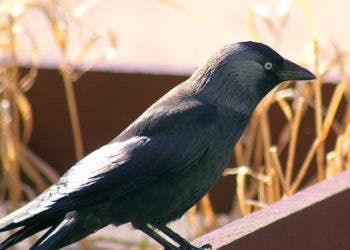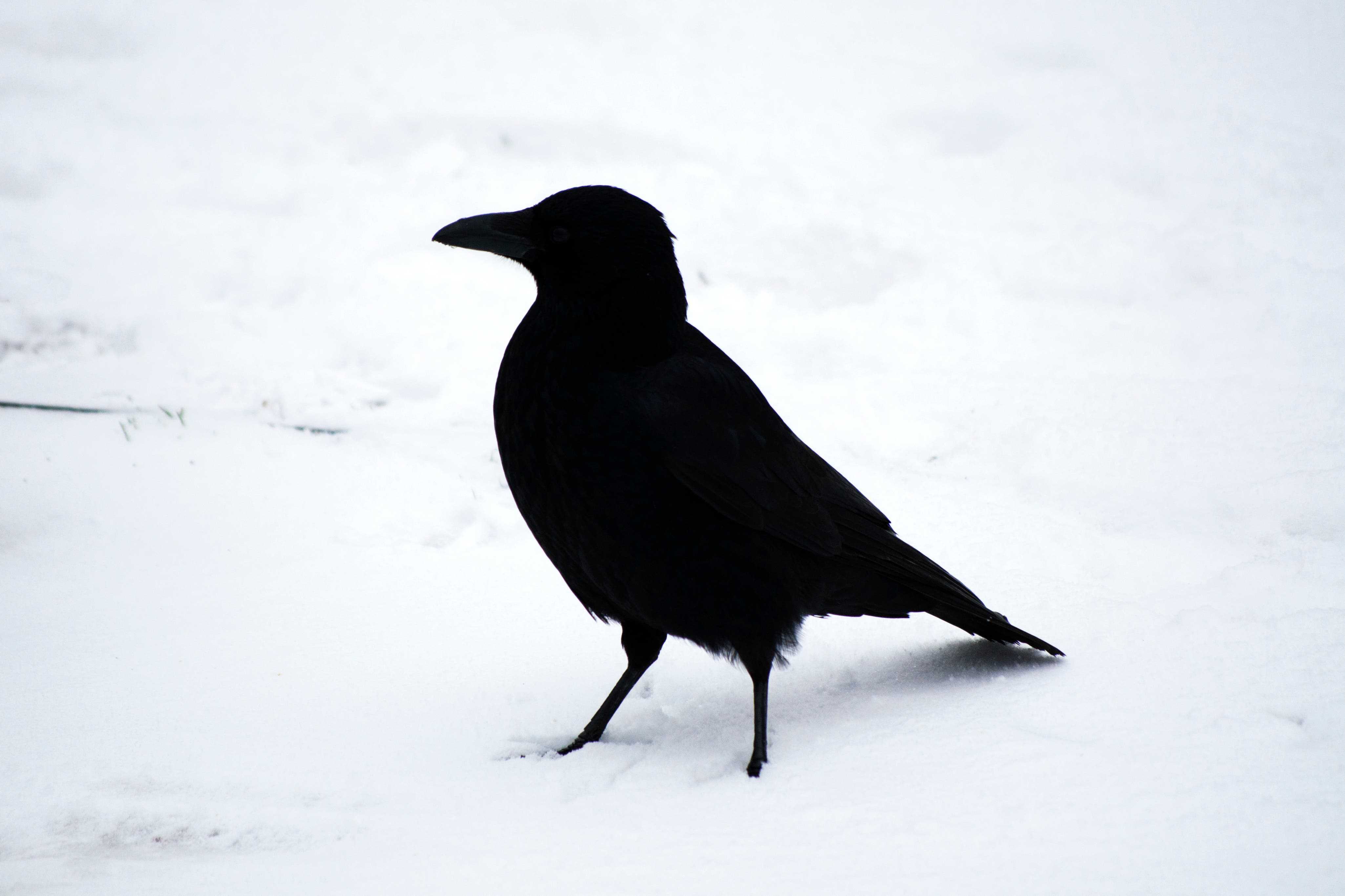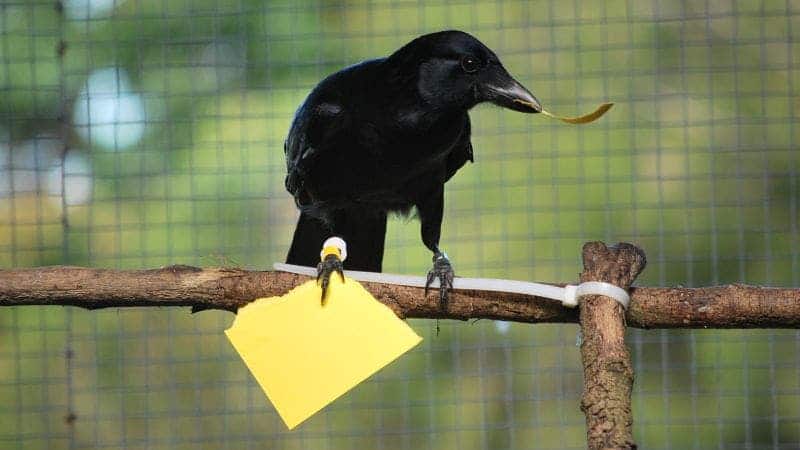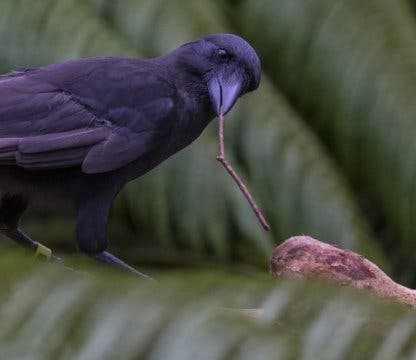Crows are some of the most intelligent creatures in the world, not just of the bird kingdom. They use tools, which they’ve crafted themselves, to reach otherwise inaccessible food; remember people’s faces and even hold grudges; understand water displacement better than some human children; and solve highly complex puzzles involving intricate steps. Bearing all of this in mind, it’s no surprise to learn that scientists have found that crows can also understand the concept of zero.
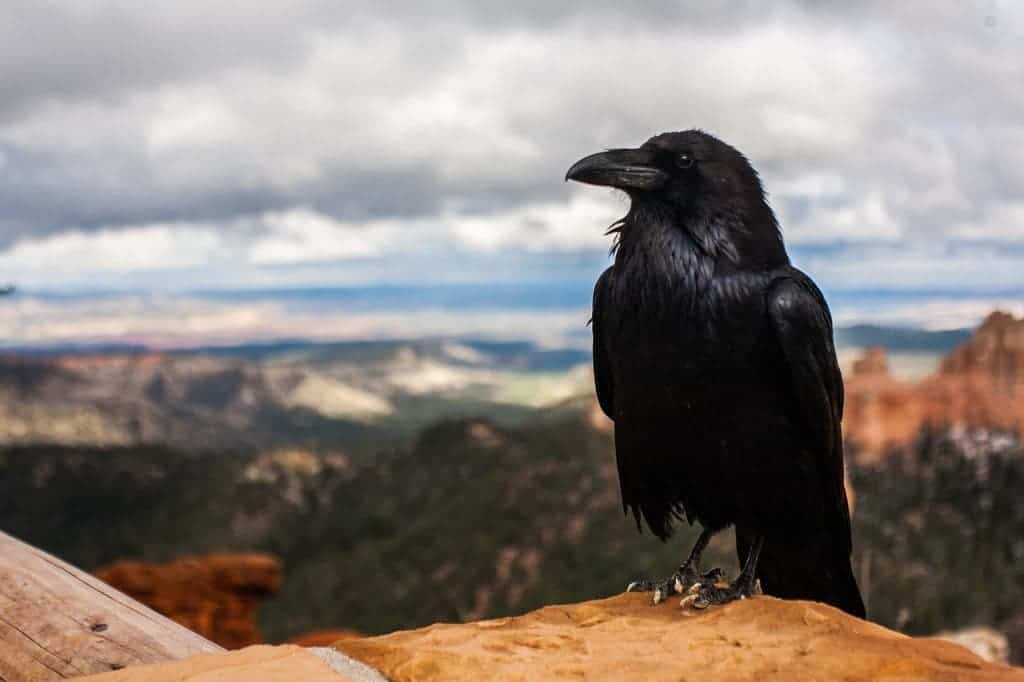
Zero — the abstraction for nothingness — is a pretty challenging concept to grasp. Studies have shown that humans generally don’t fully grasp it until kindergarten, and civilization required quite the thought leap in order to incorporate the concept into mathematics — it didn’t become incorporated into our number system until the fifth or sixth century A.D in India.
Despite being skilled mathematicians in their own right, the Mayans and Romans never used the concept of zero as a mathematical abstraction, though, of course, they understood the concept of nothing or having nothing.
Although it might sound trivial today, the concept of “nothing” was revolutionary for numbers, and went on to change mathematics from the ground up. It underpinned the development of calculus, which is strongly entrenched across modern fields of science.
“The Indian [or numerical] zero, widely seen as one of the greatest innovations in human history, is the cornerstone of modern mathematics and physics, plus the spin-off technology,” according to Peter Gobets, secretary of the ZerOrigIndia Foundation.
Besides humans, scientists previously found that rhesus macaques and even honeybees can understand zero as an abstract concept. The huge leap between macaques and honeybees suggests that many other animals may also possess this ability.
In a new study, researchers at the Institute of Neurobiology at the University of Tübingen in Germany made their own investigation by studying crows, promising candidates considering their proven track record of completing brainy tasks.
The team of researchers led by Andreas Nieder, a professor of animal physiology, had a lot of experience working with carrion crows having previously shown that the birds can count and encode numbers in specific neurons in their brain. The crows had to interact with a computer monitor in front of them where one to four black dots appeared on a gray screen. This image was followed by a new frame that contained either the same number of dots or a different number of dots.
The trained crows had to peck the screen or move their heads if the number of dots coincided, and had to remain perfectly still if the dots didn’t match. Since the crows selected the correct pairs 75% of the time, the researchers concluded that crows could count, despite some errors that most frequently occurred when the frames had a similar number of dots (i.e. the crows mistook a three-dot subsequent screen for a four-dot screen). Scientists refer to this phenomenon as the numerical distance effect, which has been observed before in monkeys and humans.
Now, six years later, the researchers repeated the experiment with an additional blank screen, representing no dots or “zero”. Just like other countable numbers, the crows showed that they could discriminate zero. Notably, the numerical distance effect was preserved even in situations involving the blank screen. For instance, the crows were more likely to mistakenly peck the display when a screen with a single dot or two dots was shown than when three or four dots were shown.
“This is an indication that they treat the empty set, not just as ‘nothing’ versus ‘something,’ but really as a numerical quantity,” Nieder told Live Science.
Nieder and colleagues worked with two trained carrion crows that had glass-coated wires implanted into their brains in order to monitor their brain activity. The implants were made in a region of the brain known as the pallium, found close to the back of the brain. The pallium is involved in high-level cognitive functions.
This way, the researchers recorded patterns of brain activity that reflected how the crows perceived numerical values in relation to one another.
“They are inherently representing this ordinality aspect of numbers, this ordering along a number line, so that after one comes two and after two comes three, and so on,” Nieder added.
What’s more, the new study showed, the crows’ different neurons lit up in response to the blank screen, which became less and less active as more dots popped on the screen. The further away from zero, the less specific brain activity the researchers recorded.
Corroborating data on the birds’ behavior with their brain activity, the researchers in Germany concluded that crows must be able to grasp the concept of zero. That’s remarkable since the lineage of mammals like humans and birds split many millions of years ago, well before the extinction of the dinosaurs, yet the two seem to still share overlapping cognitive abilities. This suggests that evolution independently equipped mammals and birds with high-level cognitive functions.
The findings appeared in The Journal of Neuroscience.
